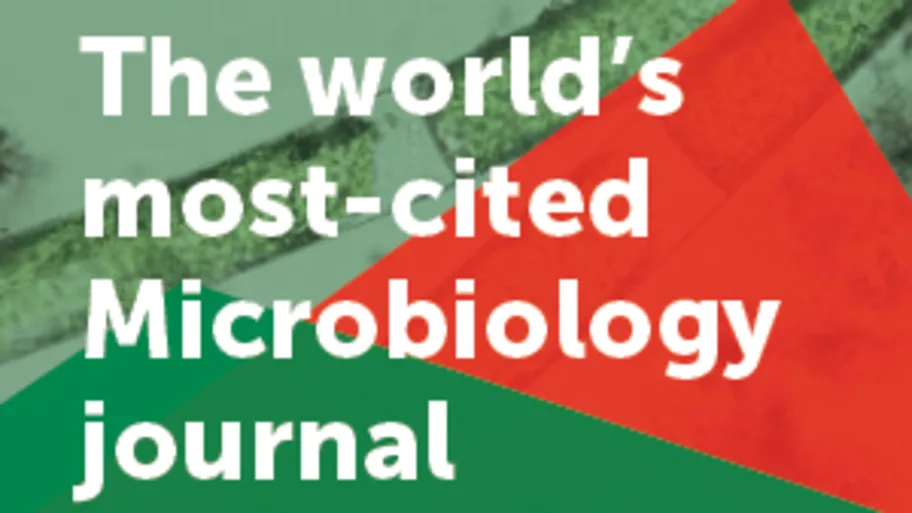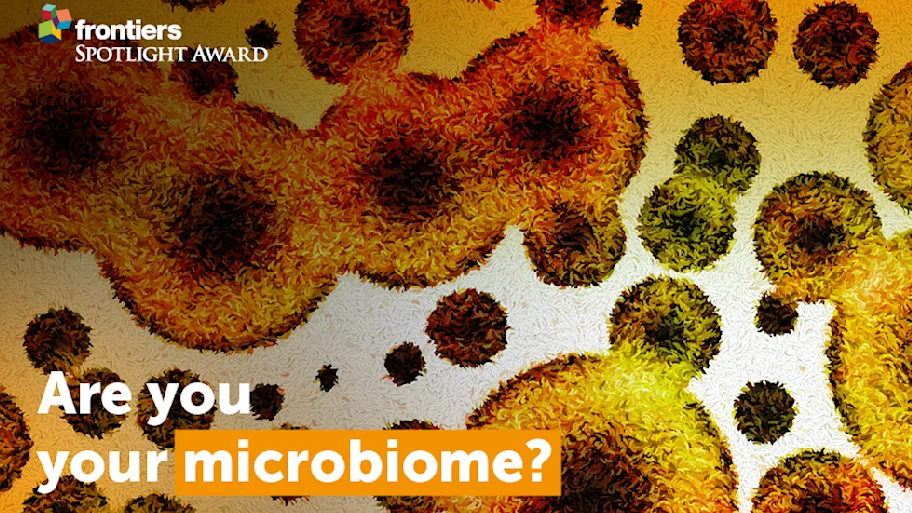
- Science News
- Life sciences
- How microbes affect plant life
How microbes affect plant life

The Research Topic, published in Frontiers in Plant Science & Frontiers in Microbiology, aims to cover all aspects of biotrophic plant-microbe interactions.
— By Tanya Petersen
In just over thirty years there may be almost 10-billion people on earth, 2.5-billion more than now.
This population growth makes the global food security challenge seem quite straightforward: the UN’s Food and Agriculture Organisation estimates that by 2050 food production will need to increase by around 70% in order to feed the world’s people.
But underneath these seemingly simple numbers are layers of complexity, as outlined by Sustainable Development Goal 2 to “End hunger, achieve food security and improved nutrition and promote sustainable agriculture”. This SDG recognizes the inter-linkages between so many of the critical factors that will help us to achieve food security – increased agricultural efficiency, empowering small farmers, ending rural poverty, tackling the impacts of climate change and a critical drive towards overall sustainable agriculture.
Now, a fascinating new collection of research is tackling another of the complex layers in the global food security challenge: understanding the relationships between plants and microbes and how microbes and fungal parasites fool plants’ immune systems, sometimes causing devastating crop failures.
Led by Dr Ralph Panstruga from the Aachen University in Germany and Dr Pietro Daniele Spanu from London’s Imperial College, more than 200 researchers contributed to 34 research articles investigating Biotrophic Plant-Microbe Interactions with the hope of helping to improve agriculture for the benefit of future generations. This research, says Dr Panstruga, “will help us to develop new and novel strategies to protect crops from microbial invaders, reduce crop losses and contribute to increased agricultural efficiency”.
It’s well known that animals and plants live closely with microbes. All plants are colonised on their surface above and below ground, as well as within their bodies, by bacteria and fungi. Some microbes appear to bring benefits, for example by providing greater access to soil nutrients or elements (such as nitrogen) that are abundant in the air but not readily available to plants: these are mutualistic symbionts. Others are at least potentially harmful and can have a negative impact on the plants’ life to a greater or lesser extent: these are considered pathogens.
When microbes coexist intimately with plants exchanging nutrients, but without causing the direct death of the hosts’ cells and tissues, the interactions are called biotrophic, as opposed to necrotrophic ones in which the microbes kill and feed of the remains. In between these two extremes lie the hemibiotrophic interactions, which are characterized by an initial biotrophic and a later necrotrophic phase. For plants, there is evidence that these associations are extremely ancient and have existed as long as the organisms themselves, and they are thought to have influenced evolution for hundreds of millions of years.
Participate in next year’s Spotlight Award: Submit your Research Topic idea
Plants have evolved highly complex molecular detection and defence systems to control microbial colonisation of all these types, and interacting microbes have had to adapt and develop equally complex avoidance and counter defence measures. Until now, agriculturalists have based their attempts to breed disease resistant crops on the existence of genetically determined plant immune mechanisms but the capacity of microbes to evolve rapidly and effectively to overcome these resistances have led to catastrophic epidemics that threaten our core food security.
In one paper, Analysis of Cryptic, Systemic Botrytis Infections in Symptomless Hosts, Dr Michael W. Shaw and his colleagues investigate the Botrytis fungi that causes grey moulds. This fungi was generally thought to be necrotrophic – one that eventually kills its plant hosts – but the research questioned this common understanding. It found that, indeed, some microbes, thought to be epitomes of necrotrophic parasites, are in some instances capable of living as symptomless “endophytes”, that is, they don’t in fact, kill their hosts.
The authors hope that such research developments may challenge our view that biotrophs and necrotrophs are fundamentally different pathogens, underpining the emerging concept of a much more nuanced separation between these different forms of interactions. They also hope that the results of this study will encourage further research into other plant pathogens that cause diseases in agricultural crops such as the fungal rusts of soybean and cereals. This may uncover new developments in plant disease resistance helping to drive more sustainable, efficient and affordable farm practices by coming up with alternative approaches to the pesticides and chemicals currently used in large sale agriculture.
Another paper, an opinion article by Dr Andrea Genre and Dr Giulia Russo, Does a Common Pathway Transduce Symbiotic Signals in Plant–Microbe Interactions? explores a long-standing dogma in the molecular analysis of symbiotic interactions: the existence of a common symbiosis pathway. The authors challenge the current view, arguing that research in the past might have been biased by the usage of legumes as model plants for studying plant-symbiont interactions. They discuss that legumes may in fact represent the exception rather than the rule.
Topic editor Dr Panstruga is passionate about how this seminal collection of papers may impact the future of agriculture, “Global food security is a key problem of this and the forthcoming centuries and this research helps to address some of the fundamental questions regarding crop losses caused by microbial phytopathogens. Results of this research will help to develop novel effective strategies to protect crops from microbial invaders and sharing these ideas and the results of my research with my fellow scientists is key to promoting science as a whole”.
Co-editor, Dr Pietro Daniele Spanu, also believes that without sharing ideas and results there will be little scientific progress, “The main driver of my research is firstly, an insatiable curiosity about how nature works, and in particular how certain organisms “talk” to each other across huge taxonomic boundaries to establish disease of protect themselves from it. But also for me there is little or no point in finding things out if these discoveries are not then communicated to anyone else who care to listen”.
We all depend directly or indirectly on plants for our nutrition, health and well-being. The ability to grow healthy, productive plants in sustainable and efficient agricultural systems is critical for our future existence on this planet. And essential to the future of humanity is the need to so in ways that minimize impacts on the broad environment, both in terms of respecting the biosphere and the physical resources such as water and nutrients. Scientific research like that compiled in this Research Topic will help to improve agriculture further in this sense for the benefit of generations to come.






